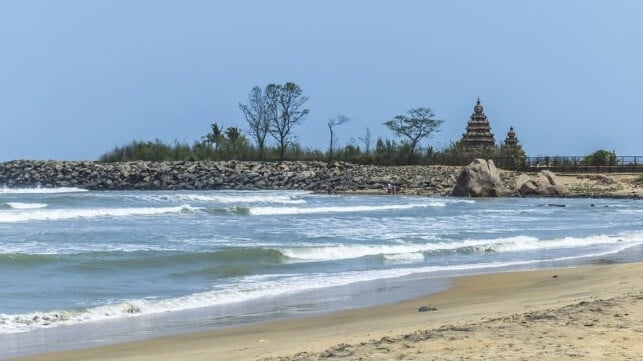India’s First Offshore Wind Tenders Fall Flat and are Canceled

The Solar Energy Corporation of India, a government entity set up to oversee the development of the country’s offshore wind energy sector, canceled its first two auctions after a year of attempting to drum up interest. Withdrawing the auctions is seen as a major setback for the country’s energy policy and the plans by Prime Minister Narendra Modi to drive industrial growth in the country.
The tenders were released in 2024 and hailed as India’s entry into the sector. Analysts are saying they were an experiment to find the correct course, but fell short of the required support to develop a new country for the industry. The government had extended the timeline for the two tenders to the end of July and early August, and reworked some of the support plans, but it was to no avail.
The reports are that they received a lack of interest from developers. One source is quoted in the Indian media saying the response was “underwhelming.” India had launched the Viability Gap Funding (VGF) program in June 2024, intended to incentivize the development of the first 1 GW of offshore wind capacity, but experts warned it was likely not enough.
SECI had staged two tenders with the jewel highlighted as the Tamil Nadu region. It was promoted as a potential major hub for offshore wind manufacturing and part of the industrial opportunities plan developed by Modi.
For Tamil Nadu, SECI proposed four 1 GW areas. Developers were to get seabed lease rights and then would be responsible for conducting the necessary seabed surveys and development activities for the projects. The areas are on the southeast coast of India on the Bay of Bengal.
A smaller 500 MW project was proposed for Gujarat, designed as a build-to-operate development. India was offering a 25-year power purchase agreement. The site is on the northwest coast of India in the Arabian Sea.
Developers in general are demanding more support to offset the increased costs and risks associated with developing offshore wind projects. They cite the problems in the supply chain and increased costs in the industry since the pandemic, and the challenges of financing the projects. Ørsted this week said financing has dried up in the United States, with banks and investors not willing to accept the risks as the Trump administration has focused on slowing or ending wind energy projects. The company is also facing large costs after it reported earlier in the year that changed finances no longer supported the development of the UK’s large Hornsea 4 project in its current form.
The Netherlands cited a lack of interest and challenging finances as it said it would scale back its offshore wind plans. Germany, also, recently reported it had not received any interest in an auction for non-subsidized offshore wind projects.
The Indian media is quoting sources saying the country is not giving up on offshore wind but will re-examine its approach. SECI has not officially said it would re-tender the sites, but sources said it is likely they will rework the plans and relaunch the tenders. No timeline was offered for how quickly the new tenders might begin, with commentators noting it is now unlikely India will have offshore wind energy ahead of its 2030 target.
